#Ukrainian history
Text

Winter in Kharkiv, Ukraine. Early 20th century. X
#ukraine#early 20th century#winter#black and white#kharkiv#frozen#ukrainian history#old photo#vintage photography#eastern europe
73 notes
·
View notes
Text

Taken in Donetsk in 1932-33, this photograph shows a “kulak” woman and her small child being evicted from their home in winter, dispossessed of everything but a small wagonload of their belongings pulled by hand behind them. Photo by Marko Zhelizniak.
This is the people tankies would want you to believe had the Marie Antoinette level of luxury. I wonder how many carts like those would be required to transport everything an average western tankie owns.
#ukraine#russia#ussr#history#holodomor#concentration camps#communism#famine#artificial famine#ukrainian history#joseph stalin
693 notes
·
View notes
Text
Honoring the memory of artist, designer and KGB dissident Lyubov Panchenko. She died in Bucha from hunger and shelling due to the Russian invasion of Ukraine. She was 85 years old.
Part 2: Her Art
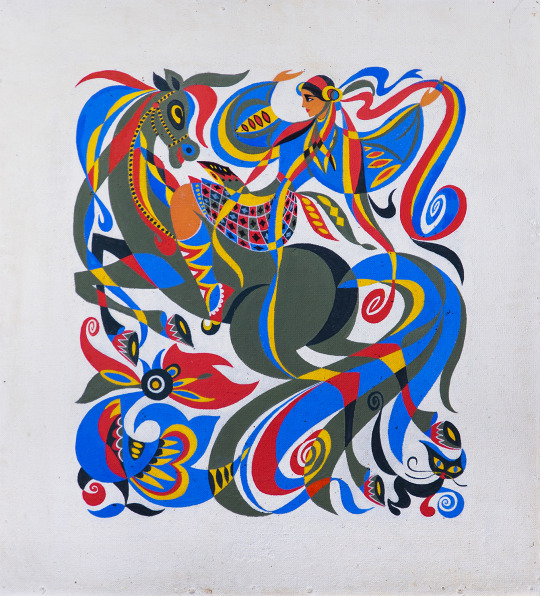
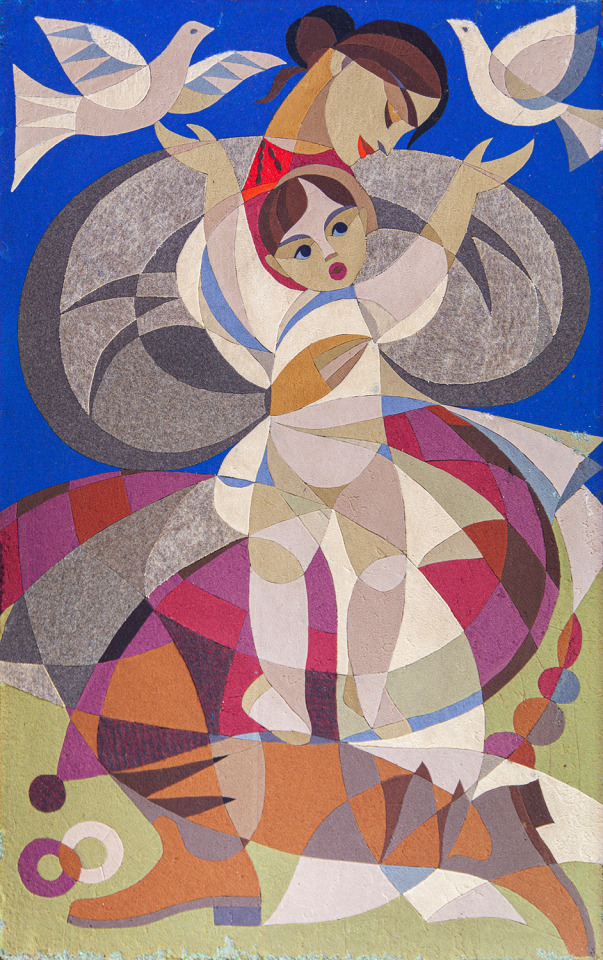




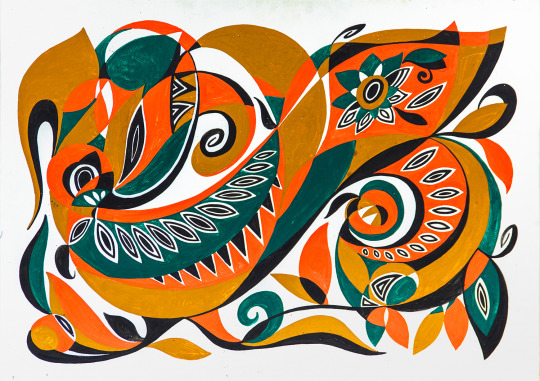


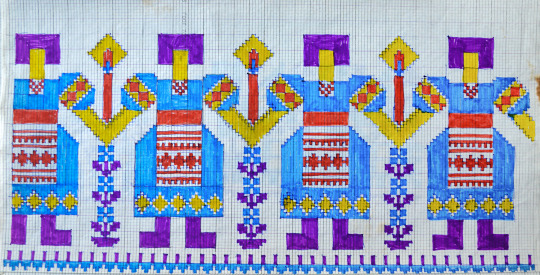
Part 1, Part 3, Part 4
7K notes
·
View notes
Text
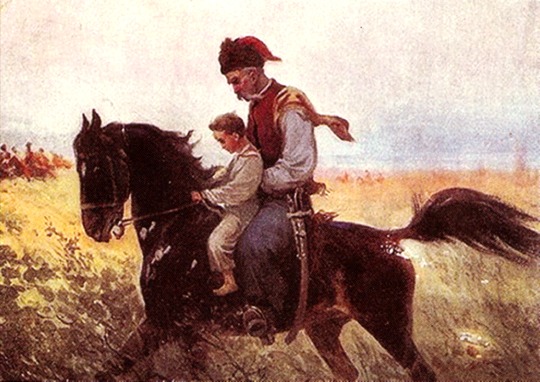
Finally, I have found it: my absolutely beloved artifact from the Ukrainian art.
Antin I. Manastyrsky (Антін І. Манастирський, 1878–1969), The Cossack School (Козацька школа), beginning of the 20th century
I owe nothing, I’ve just wanted to show you all this beauty I’m so impressed with.
#little Cossack-hero to be and his/her дідусь#ukrainian art#art#cossack art#ukrainian heritage#ukrainian history#antin manastyrsky#cossack heroes#cossacks
303 notes
·
View notes
Text
Today is the Holodomor Rememberance Day, when we honor the memory of approximately 4 million Ukrainians starved to death in the soviet man-made famine of 1932-1933.
Millions of present day Ukrainians have family stories about relatives perishing, acts of cannibalism, or just insanity because of the famine.
The world chose to ignore it at the time, this crime (as well as all the similar soviet crimes) went unpunished. Those few who tried to shine a light on it (like the Welsh reporter Gareth Jones) were silenced or just not listened to.
And now we have yet another genocide happening.
Unpunished evil always only escalates.
1K notes
·
View notes
Text

Illustrated Ukrainian magazine "Oko" No. 9 for 1918. Published during the period of the Ukrainian People's Republic. It was published weekly in two editions in Russian and Ukrainian. A total of 18 issues were printed, each containing 16 pages. The editor of the publication was F. Lindenov.
#Kobzar Library#magazine#Ukrainian People's Republic#ukrainian art#ukrainian history#history#Ukraine
88 notes
·
View notes
Text

Soviet stamp of the Hopak - Ukraine's national dance. 1971.
#vintage#ukraine#ukrainian history#ukrainian culture#hopak#1970s#vintage stamps#1971#soviet union#ussr#folk dance#slavic#eastern europe
83 notes
·
View notes
Text
Time Travel Question 40: Medievalish and Earlier 7
These Questions are the result of suggestions from the previous iteration.
This category may include suggestions made too late to fall into the correct earlier time grouping, hence the occasional random item waaay out of it's time period.
In some cases a culture lasted a really long time and I grouped them by whether it was likely the later or earlier grouping made the most sense with the information I had. (Invention ofs tend to fall in an earlier grouping if it's still open. Ones that imply height of or just before something tend to get grouped later, but not always. Sometimes I'll split two different things from the same culture into different polls because they involve separate research goals or the like).
Please add new suggestions below if you have them for future consideration. All cultures and time periods welcome.
#Time Travel#Cathars#Middle Ages#Catholic History#Dominicans#Lalibela#Ethiopian History#Kyiv#Ukrainian History#Suzhou#Chinese History#The Sena Dynasty#Bengal#Indian History#Vlad Țepeș#Makapansgat Pebble#Homins#Ramban#Nachmanides#Jewish History#Genghis Khan#Mongolian Empire
119 notes
·
View notes
Text
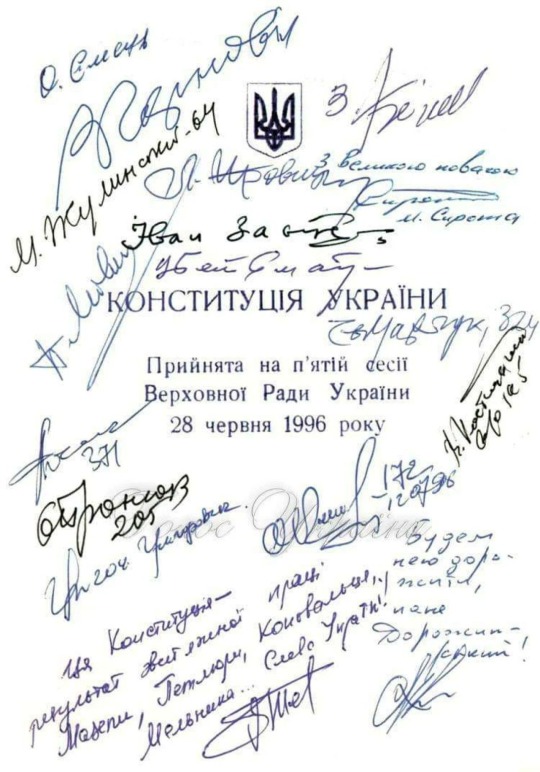
This Constitution is the result of the victorious work of Mazepa, Petliura, Konovalets’ and Melnyk... Glory to Ukraine!
- inscription on the first page of The Constitution of Ukraine adopted and ratified at the 5th session of the Verkhovna Rada, the parliament of Ukraine, on 28 June 1996.
300 notes
·
View notes
Photo


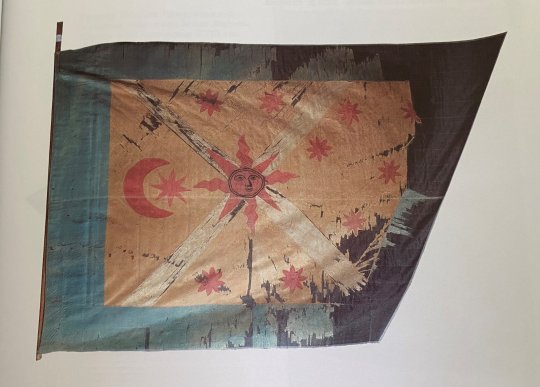
Cossack flags, 1650s
2K notes
·
View notes
Text

Ukrainian women playing the bandura in Maribor, Slovenia. 1961.
#ukrainian history#ukrainian culture#ukraine#slavic culture#vintage#black and white#old photo#vintage photo#bandura#slavic#european culture#1961#1960s
372 notes
·
View notes
Text
What Ukrainians ate to survive Holodomor
(translated excerpts from an Історична Правда article): + images source
The villagers would dig up the holes of the polecats to find at least a handful of grain hidden by these animals. They pounded it in a mortar, added a handful of oilcake (from hemp seed), beetroot, potato peelings, and baked something from this mixture.
Those who managed to hide at least a little grain would grind it in iron mills made from wheel axles and cook "zatyrukha" (a concoction made from a small amount of flour ground from ears of grain).
Acacia flowers were boiled and eaten raw, and green quinoa was mixed with crushed corn cobs. Those who could - and this was considered lucky - added a handful of bran. This food made their feet swell and their skin crack.
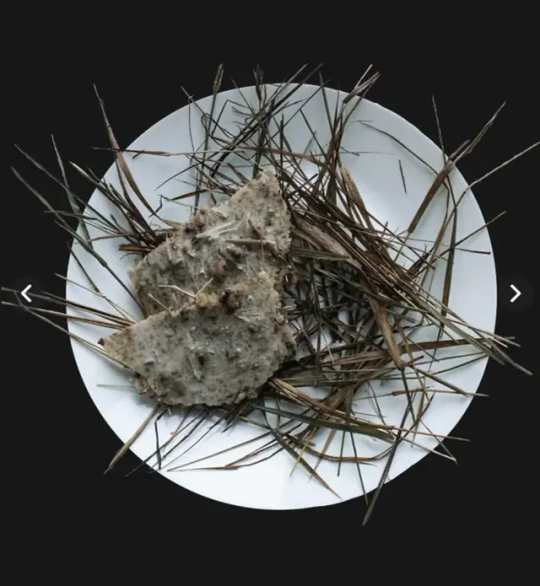
The peasants dried the husked ears of corn and millet husks, pounded them, ground them with weeds, and cooked soups and baked pancakes. Such dishes were impossible to chew, the body could not digest them, so people had stomach aches. Pancakes, the so-called "matorzhenyky", were made from oilcake and nettle or plantain.
It went so far that peasants would crumble straw into small chips and pound it in a mortar together with millet and buckwheat chaff, and tree bark. All this was mixed with potato peelings, which were very poisonous, and this mixture was used to bake "bread", the consumption of which caused severe stomach diseases.
There were cases when village activists took away and broke millstones, mortars, poured water on the heat in their ovens. After all, anything found or saved from the food had to be cooked on fire, and matches could only be purchased by bartering for their own belongings or by buying them in the city, which was impossible from villagers that were on "black lists".

Chestnuts, aspen and birch bark, buds, reed roots, hawthorn and rose hips, which were the most delicious, were used as food substitutes; various berries, even poisonous ones, were picked; grass seeds were ground into flour; "honey" from sugar beets was cooked, and water brewed with cherry branches was drunk. They also ate the kernels of sunflower seeds.
Newborns had the worst of it, because their mothers had no breast milk. According to testimonies, a mother would let her child suck the drink from the top of the poppy head, and the child would fall asleep for three days.
In early spring, the villagers began to dig up old potato fields. They would bake dumplings from frozen potatoes, grind rotten potatoes in a mash and make pancakes, greasing the frying pan with wheel grease. They also baked "blyuvaly" (transl. "vomities") from such potatoes and oatmeal mixed with water, which was so called because they were very smelly.

They ate mice, rats, frogs, hedgehogs, snakes, beetles, ants, worms, i.e. things that weren't a part of food bans and had never been eaten by people before. The horror of the famine is also evidenced by the consumption of spiders, which are forbidden to kill in Ukrainian society for ritual reasons.
In some areas, slugs were boiled into a soup, and the cartilaginous meat was chopped and mixed with leaves. This prevented swelling of the body and contributed to survival. People caught tadpoles, frogs, lizards, turtles, and mollusks. They boiled them, adding a little salt if there was salt. The starving people caught cranes, storks, and herons, which have been protected in Ukraine for centuries, and their nests were never destroyed. According to folk beliefs, eating stork meat was equated with cannibalism.
The consumption of horse meat began in 1931, before the mass famine. People used to take dead horsemeat from the cemeteries at night, make jelly out of it and salt it for future use.

Dead horses were poured with carbolic acid to prevent people from taking their meat, but it hardly stopped anybody. Dead collective farm pigs were also doused with kerosene to prevent people from dismantling them for food, but this did not help either.
After long periods of starvatiom, the process of digestion is very costing for the human body, and many people who would eat anything would drop dead immediately out of exhaustion.
If a family had a cow hidden somewhere in the forest, they had a chance to survive. People living near forests could hunt/seek out berries and mushrooms, but during winter this wouldn't save them. People living near rivers could fish in secret, but it was banned and punishable by imprisonment/death.
681 notes
·
View notes
Text

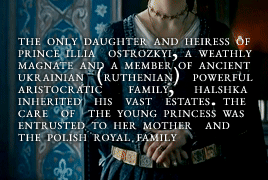


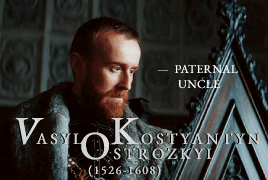
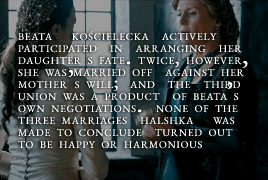

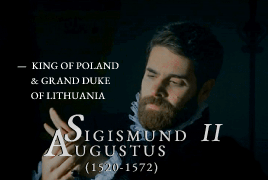
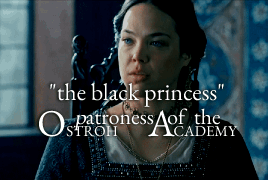
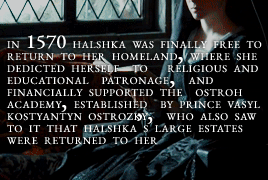
— 19th of NOVEMBER 1539, birth of HALSHKA (Elyzaveta, Elżbieta) OSTROZKA (OSTROGSKA), "the Black Princess"
Born on feast day of St. Elizabeth, she was christened Elżbieta, Elyzaveta, or Halshka (under this latter name she came down into history). Halshka’s father was Prince Illia Ostrozkyi (Ostrogski), a weathly magnate and a member of ancient Ukrainian (Ruthenian) powerful aristocratic family, that traced their origins back to the semi-legendary prince Rurik. The representatives of this family held great offices in the Grand Duchy of Lithuania and the Kingdom of Poland. At the royal court in Krakow, Illia Ostrozkyi met Beata Kościelecka, a notable beaty, and, according to the rumours, an illegitimate daughter of King Sigismund I of Poland. The couple was married in 1538, but their happiness did not last long: Illia was wounded during the tournament, and died soon after, in August 1539. In November Beata gave birth to their only child, a daughter.
According to her father’s will, Halshka stood to inherit half of his vast estates (including the cities of Ostroh and half of Rivne, along with many more), that were to be under her mother’s control until the heiress reached adulthood. Beata was also to keep control of her husband’s younger half brother’s Vasyl’s inheritance. The latter, who was to become powerful magnate and patron of religion and education under the name of Vasyl Kostyantyn Ostrozkyi (Ostrogski), soon took measures to retain the power of his estates his estates and rule them on his own. In his testament, Illia had also entrusted the care of his daughter to the King Sigismund, his wife, Queen Bona Sforza, and their son, Sigismund II Augustus.
Since Halshka was the recipient of such a magnificent inheritance, it soon became a matter of almost national importance to find her a suitable husband. Here, the interests of Lithuanian and Polish nobility also clashed. Suitors, eager for wealth and influence were not slow to appear. Among them were Dymitr Sanguszko, starost of Kaniv, Cherkasy and Zhytomyr, Jan Mielecki, voivode of Podilia, and even, according to a legend, Dmytro Vyshnevetskyi, the famous founder of the first stronghold on the Khortytsya island. Halshka’s uncle, Vasyl Kostyantyn Ostrozkyi, who was gradually growing in power, supported the candidature of Dymitr Sanguszko, while both the King of Poland and Beata Kościelecka were against him. Sanguszko married Halshka all the same, but was soon sentenced to infamy (deprivation of noble status and threat of death sentence if he did not agree to annul his marriage), and murdered.
The next match for Halshka, proposed by the King Sigismund II, was Łukasz Górka, voivode of Poznań, Kalisz, Łęczyca and Brześć Kujawski. Beata Kościelecka had at first agreed to it but later changed her mind towards this marriage. Once again, her protests availed nothing: the wedding took place in the presence of the royal family in Warsaw. Halshka was told that her mother agreed to the marriage, but when she learned that this was not the case, Princess appealed to the royal council to annul it, and fled to Lviv with Beata.
Halshka’s third union was orchestrated by Beata. This time the groom was Prince Siemion Slutski, who, for the sake of conspiracy, had to meet his bride in a monastery disguised as beggar. The couple wed in 1559, but this marriage was also short-lived. Though neither Halshka nor Beata regarded Łukasz Górka as the Princess’s true husband, Górka himself was evidently of different opinion. He rushed to Lviv with arms and took Halshka captive. Prince Siemion Slutski died in 1560. Górka placed Halshka – virtually a prisoner – in the castle of Szamotuły, near Poznań, where she spent fourteen years until his death, isolated from the world. It is said that during her imprisonment Halshka was wearing the black mourning robes, which was why she got nicknamed “the Black Princess”.
After the death of Łukasz Górka in 1573, Halshka Ostozka was finally free and able to return to her homeland. During the reign of Henri Valois as the King of Poland, Halshka’s uncle, Vasyl Kostyantyn Ostrozkyi saw to it that the estates, left to her by her father, were returned to the Princess. The rumours that Halshka has got insane during her confinement in Szamotuły, do not seem to be true, as in her later years she actively participated in the works of patronage, attended court hearings, and financially supported a prominent educational institution – the Ostroh Academy, established by Prince Vasyl Kostyantyn Ostrozkyi. She died in 1582, leaving her estates to Vasyl Kostyantyn.
Halshka Ostozka was said to be a remarkable beauty, but sadly none of her life portraits survived. She is featured in famous painting Kazanie Skargi (Sermon of Piotr Skarga, painted in 1862-64) by Jan Matejko, where Halshka is depicted as a young richly dressed woman, covering her forehead with her hand in sad contemplation; she is placed a little behind Anna Jagiellonka, sister to Sigismund II, and once Queen of Poland.
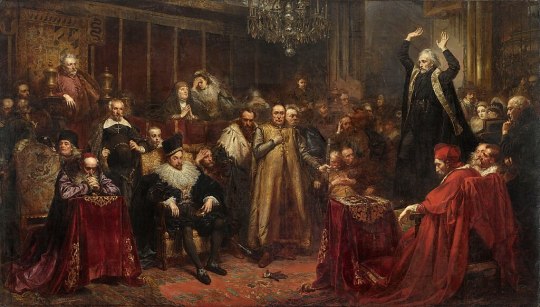
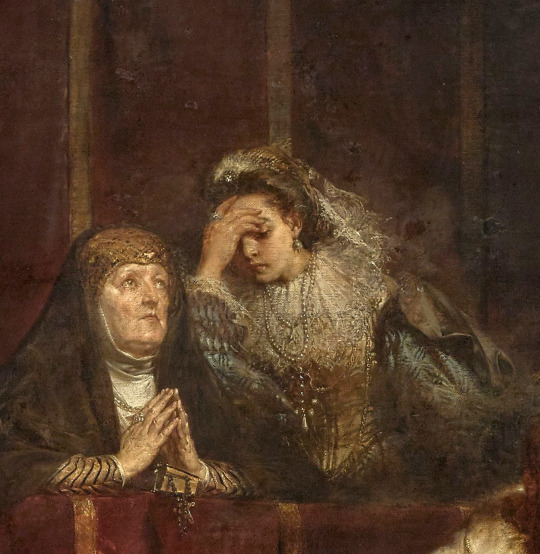

Another renown portrait of Halshka Ostrozka was painted in 1996 by Ukrainian artist Yurii Nikitin, who did a research among the portraits of Ostrozky family. The portrait features a young serious woman with delicate features, dressed in strict black gown, adorned with rich jewels, and a white headwear that covers her hair and neck closely. In her hand she is holding a book – most likely a Holy Scripture.
#historyedit#history#halshka ostrozka#elzbieta ostrogska#ukrainian history#polish history#perioddramaedit#sigismund i of poland#sigismund ii augustus#vasyl kostyantyn ostrozkyi#jan matejko#yurii nikitin#perioddramagif#women in history#weloveperioddrama#gifshistorical#tusereliza#userfefa#perioddramasource#my edit#not to be unhumble but i'm so proud of myself for making this edit
100 notes
·
View notes
Text
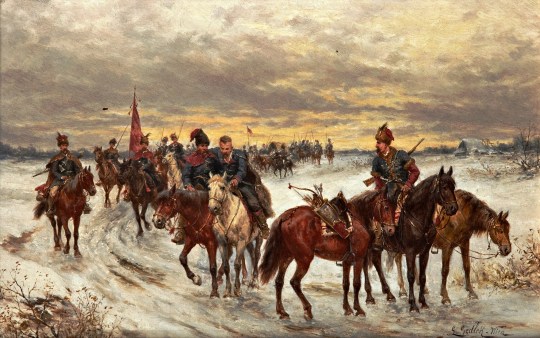
Mounted Cossacks
Ludwik Gędłek (1847-1904), Polish painter fascinated with Ukrainian Cossacks
oil on panel, 20,5 cm X 31,5 cm, private collection
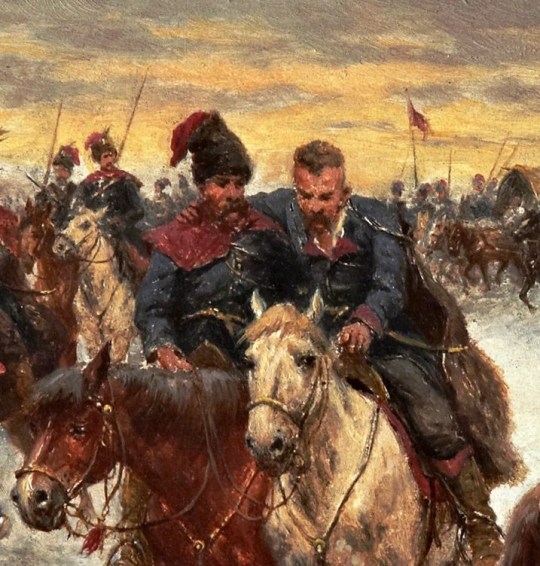
Only look at these two Cossacks in the middle of the scene. Perhaps they are pobratymy? ❤️
#polish art#art#traditional art#historical art#ukrainian history#ukrainian landscape#cossack art#cossacks#cossack heroes#horse art#equine art#winter landscape#winter painting#i have to draw Jan and Jurko like that
154 notes
·
View notes
Text
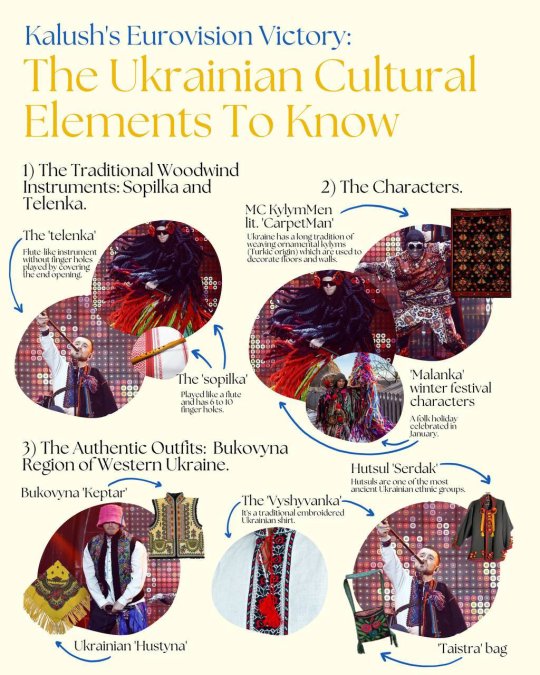
2K notes
·
View notes
Text

Album "From Ukrainian Old Times". In the early 1890s, Academician Samokish, a battle artist, together with Vasilkovsky, a painter, collected materials for the publication of a luxurious album about the life and history of Hetman Ukraine.

Album "From Ukrainian Old Times"
112 notes
·
View notes